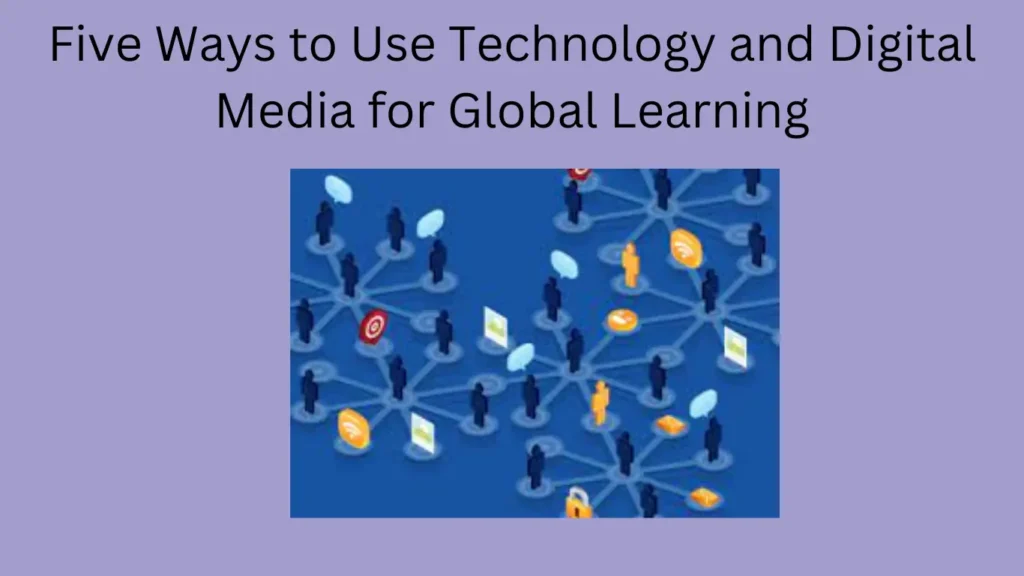In today’s interconnected world, technology and digital media have revolutionized the way we learn and share information. From online courses to virtual classrooms, there are countless opportunities to engage with global learning. Here are five ways to leverage technology and digital media for global learning
Online Courses and MOOCs
- Platforms like Coursera, edX, and Khan Academy offer a wide range of courses from universities and institutions around the world. These courses allow learners to access high-quality education from anywhere, anytime.
Virtual Classrooms and Webinars
- Virtual classrooms and webinars enable students and teachers to connect in real-time, regardless of their physical location. These platforms facilitate interactive learning experiences and promote cross-cultural understanding.
Digital Libraries and Resources
- Digital libraries and online resources provide access to a wealth of information, including e-books, journals, and research papers. These resources allow learners to explore diverse perspectives and stay updated with the latest developments in their field.
Social Media and Online Communities
- Social media platforms and online communities provide opportunities for collaboration and knowledge sharing. Learners can connect with peers and experts from around the world, exchange ideas, and engage in meaningful discussions.
Augmented Reality (AR) and Virtual Reality (VR)
- AR and VR technologies can create immersive learning experiences that simulate real-world scenarios. These technologies can be particularly beneficial for subjects like history, geography, and science, allowing students to explore different cultures and environments.
In conclusion, technology and digital media offer powerful tools for global learning, enabling learners to access a wealth of resources and connect with people from diverse backgrounds. By embracing these technologies, educators and students can enhance their learning experiences and broaden their horizons.
For further Inquires Contact Us
FAQs
- What are MOOCs and how do they facilitate global learning?
- MOOCs (Massive Open Online Courses) are online courses offered by universities and institutions worldwide, accessible to learners globally, fostering cross-cultural education.
- How do virtual classrooms promote global learning?
- Virtual classrooms enable real-time interactions among students and teachers worldwide, facilitating collaborative learning and cultural exchange regardless of geographical boundaries.
- Can digital libraries and resources support global education?
- Yes, digital libraries offer a vast array of resources, including e-books, journals, and research papers, providing learners worldwide access to diverse knowledge and perspectives.
- How does social media contribute to global learning?
- Social media platforms connect learners and experts worldwide, fostering online communities for knowledge-sharing, collaboration, and cross-cultural dialogue.
- In what ways do AR and VR technologies enhance global learning?
- AR and VR technologies create immersive learning experiences, enabling students to explore different cultures, environments, and historical events, enriching their understanding of the world.

